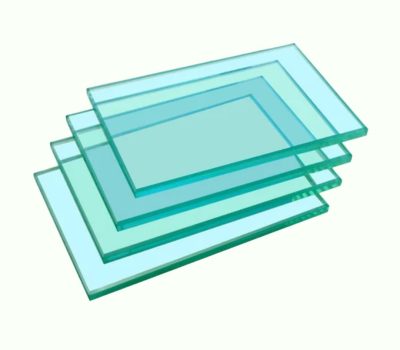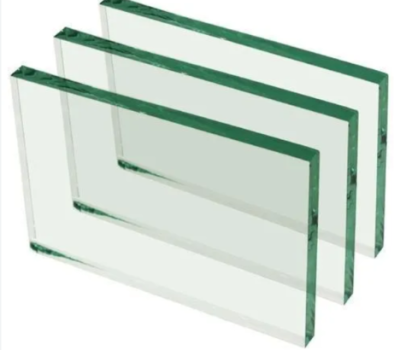Clear glass is a material that has been in use for thousands of years, with evidence of its production dating back to ancient Mesopotamia. It is a type of glass that is transparent, allowing light to pass through it, and is often used for windows, mirrors, and other decorative and functional purposes.
Clear glass is made by melting silica (sand) and other minerals at high temperatures, forming a liquid that is then allowed to cool and solidify. The resulting material is a hard, brittle substance that can be shaped and cut into various sizes and shapes.
One of the benefits of clear glass is its transparency, which allows for natural light to enter a space and creates a bright and open atmosphere. It is often used in architecture and interior design to create a sense of openness and connection to the outside world.
Clear glass is also used for a variety of functional purposes, including as a material for containers such as jars, bottles, and vials. It is also used for laboratory equipment, as it is inert and does not react with most chemicals.
While clear glass is a popular material for many applications, it does have some limitations. It is relatively brittle and can be prone to cracking or breaking, and it can also be affected by temperature changes. Additionally, because of its transparency, it may not be suitable for applications where privacy is a concern.


